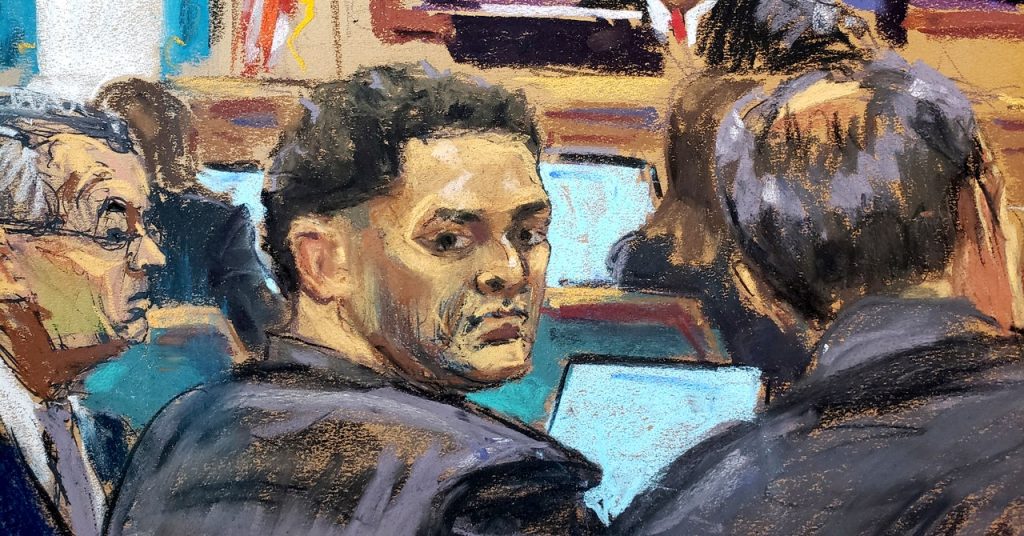During cross-examination, defense attorney Mark Cohen continually tried to stress that Alameda’s total net value assets were the same across the alternatives, and Ellison kept responding that, yes, but the balance sheets were still misleading.
Things Sam Is Freaking Out About
According to Ellison’s “things Sam is freaking out about” document, Bankman-Fried was stressed about “getting regulators to crack down on Binance,” bad PR, raising money from Saudi Crown Prince Mohammed bin Salman, and possibly buying Snapchat.
In time, the bad PR (and worse than bad PR) came true, SBF didn’t raise money from Mohammed bin Salman, and he certainly didn’t buy Snapchat, but regulators have cracked down on Binance.
SBF’s Magic Hair and Loose Morals
Bankman-Fried got a haircut for the trial, which is somewhat ironic given that he allegedly saw it, Samson-like, as the source of his powers.
Ellison claimed that he said his mop of hair helped him get higher bonuses at trading firm Jane Street and was important for his image. Her testimony revealed the extent of Bankman-Fried’s obsession with his persona. For example, he and Ellison drove luxury cars in the Bahamas until he allegedly decreed that it was better for their image to drive a Toyota Corolla and Honda Civic, respectively. He courted the media as well, both by being easy to reach and by investing in media organizations such as Semafor and TheBlock, Ellison said.
In the media, Bankman-Fried tried to cultivate an aura of being obsessed with morals, specifically with the effective altruism movement, which focuses on evidence-based ways to improve the world. His more extreme moral beliefs, however, might not have passed muster if reported publicly.
According to Ellison, Bankman-Fried said that he was a utilitarian—and though some utilitarians still tried to live by rules like “Don’t lie” and “Don’t steal,” SBF didn’t agree with that. What mattered, and what he cared about most, she claimed he said, was maximizing the good.
He thought he had a 5 percent chance of becoming president, Ellison claimed, and would be willing to flip a coin if tails meant the world would be destroyed but heads meant it would be twice as good.
Old Friends Take the Stand
Two longtime friends of SBF—Adam Yedidia from MIT, and Gary Wang from math camp—testified this week. Yedidia, an FTX coder, claimed that customers who wanted to deposit fiat money (such as dollars or euros, rather than cryptocurrency) on the FTX exchange actually ended up sending that money to a bank account controlled by, and used by, Alameda. Yedidia testified under an agreement that he couldn’t be prosecuted for his testimony.
Wang, who cofounded both FTX and Alameda and served as chief technology officer, has already pled guilty and flat-out began by saying that he had committed financial crimes with SBF. In particular, Wang explained that FTX executives wrote code that gave Alameda privileges such as the ability to have a negative balance on FTX and the ability to borrow a $65 billion—so, essentially unlimited—line of credit.
Random Number Generator
Hardly the most consequential revelation, but perhaps the funniest: During his testimony, Wang was shown a SBF tweet claiming that FTX had a $100 million insurance fund. This was not true, and in fact the number they displayed had little to do with the actual amount in the fund. The number they publicized was calculated by taking the daily trading volume, multiplying that by a random number around 7,500, and dividing it by 1 billion.
Read the full article here









